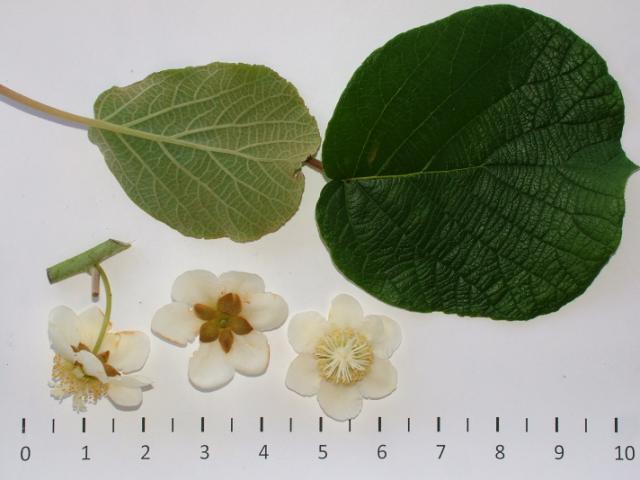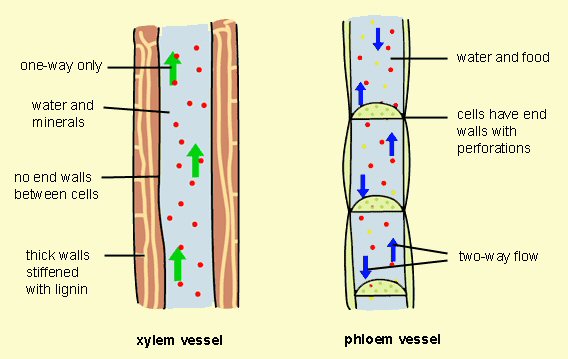Nutrition
Every living organism needs some form of
energy to survive.
Sharks eat other animals, like fish.
Giraffes eat the leaves of trees. Some bacteria, like
N. Meningitidis, feed on human cells. No matter the
means, all of these organisms acquire energy in some way. But
how do plants?
 Actinidia
deliciosa plants are autotrophic, meaning they are
“self-feeders” and they generate their own energy.
This means they do not consume other living organisms for nutrients.
Plants, including the kiwifruit plant, generate their energy via
photosynthesis. Simply put, this is the process of capturing
energy in the form of light and converting it to chemical energy
which is then stored as sugars and other organic molecules.
Actinidia
deliciosa plants are autotrophic, meaning they are
“self-feeders” and they generate their own energy.
This means they do not consume other living organisms for nutrients.
Plants, including the kiwifruit plant, generate their energy via
photosynthesis. Simply put, this is the process of capturing
energy in the form of light and converting it to chemical energy
which is then stored as sugars and other organic molecules.
The leaves of plants contain a chemical called chlorophyll which
gives the plant a green color. Chlorophyll is also what absorbs
the light energy. This energy, along with carbon dioxide, taken
in through leaf pores, and water, absorbed by the roots, is
chemically combined and rearranged through a series of processes
to create glucose sugar and water, shown below.

The resulting sugar molecule is then transported throughout
the plant where it is used or stored for energy.
Because photosynthesis occurs in the leaves, the sugars need to be moved up,
down and around to every part of the plant. These sugars are transported via
specialized tissues called phloem. Phloem moves the sugars generated in the
leaves to the other parts of the plant including the roots, stem, stalks,
flowers and other leaves.
Similarly, water needs to be moved from the roots, where it is absorbed, up to
the rest of the plant. Plants have specialized tissues to accomplish this as
well called xylem. The xylem moves the water from the roots to the entire
plant, especially the leaves where it is needed to continue the process of photosynthesis.
Because plants, including kiwifruit, contain an
a high amount of energy for animals, it is not surprising that they
are eaten by other organisms. Relationships like this and more are on the
interactions page later in the website.
But first, go to the reproduction page to learn
how the delicious fruits are created.
